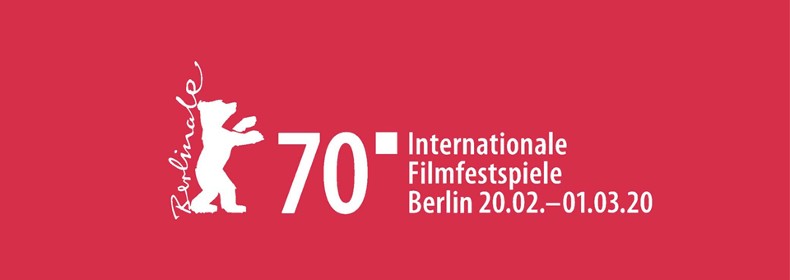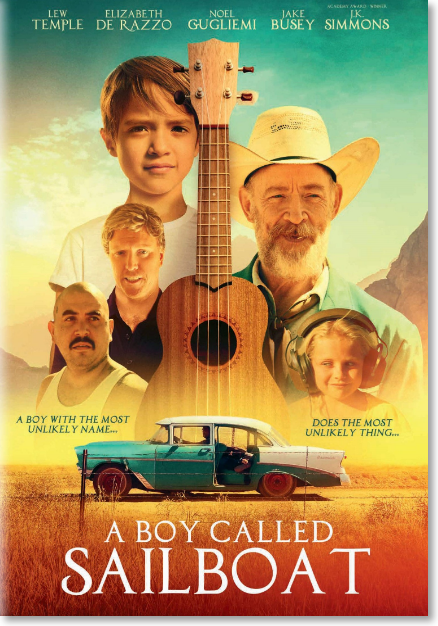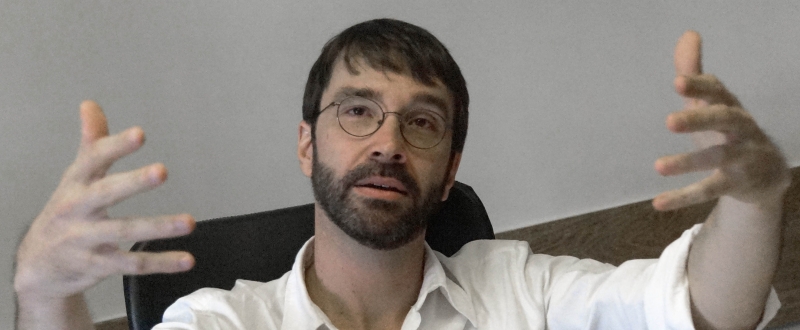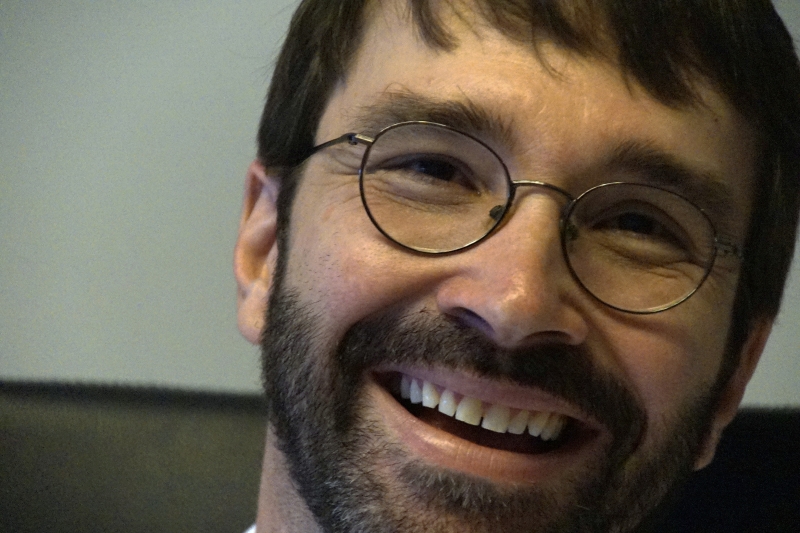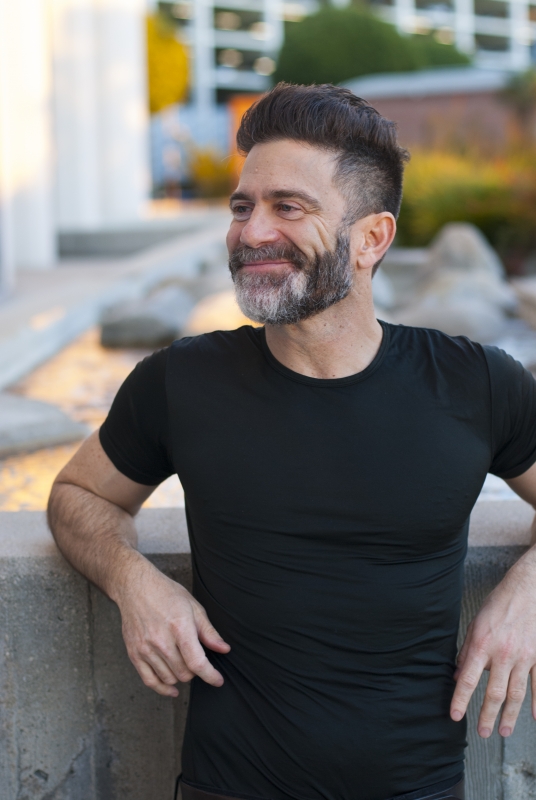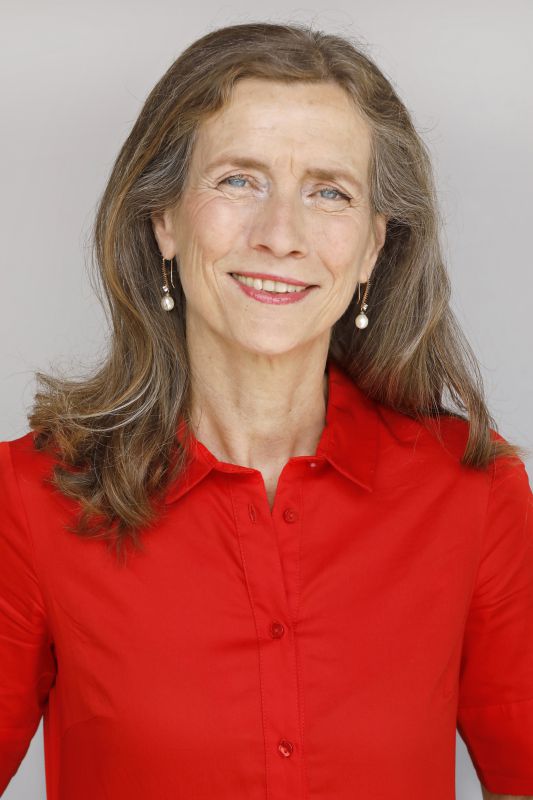|
|
||
|
Pro Tools
FILMFESTIVALS | 24/7 world wide coverageWelcome ! Enjoy the best of both worlds: Film & Festival News, exploring the best of the film festivals community. Launched in 1995, relentlessly connecting films to festivals, documenting and promoting festivals worldwide. Working on an upgrade soon. For collaboration, editorial contributions, or publicity, please send us an email here. User login |
Post Berlinale 2020 Wrap Report
The rise of the rapid distribution and exhibition changes driven by the challenge of global screening services like Netflix, Amazon Prime, Disney+, Hulu and their deep pocketed impact provided the background for the 2020 Berlinale. Their role in the funding of film productions and national as well as global distribution had already been passionately discussed during the last two Berlinales before the 70th edition took place from February 20 to March 1, 2020 under the new management of director Carlo Chatrian and executive director Mariette Rissenbeek. Former director Dieter Kosslick handled both positions during his festival reign. As I noted two weeks ago in my filmfestivals.com farewell to Kosslick, this year’s Berlinale edition continued to expand, though fewer films were in the festival program. Both the film festival and the European Film Market programs seemed to have met the expectations of the public and the professional audience. However, the consequences of the coronavirus pandemic though leading only to few Berlinale cancellations have had a fundamental impact on film productions, channels of film distribution, viewing habits and the staging of film festivals. Barely two months have passed and virtually all film festivals have been cancelled for summer 2020 and early fall fest have been canceled, postponed, or adapted to digital streaming selections from their programs. Most also face serious financial problems. It may very well be that the 2020 Berlinale and its market component was the last major public film festival. Though dates have been set for the 2021 Berlinale, like most other film festivals there is a general uncertainty about what kind of programs will be offered next year and to which extent digital streaming versions will be incorporated or replace the festivals. In the United States there are various suggested scenarios; in a widely discussed proposal a new major film festival has been suggested with the best selections from existing ones like Cannes, Venice, Berlin, Toronto and others. This new festival is supposed to be funded by Netflix. With its deep pockets and flexibility vis a vis the film industry Netflix could afford to do so but has not responded to date. Already firmly established is the WE ARE ONE project. This new global film festival is organized and produced by Tribeca Enterprises and will be streamed on YouTube for ten days from May 29-June 7. The digital festival program is free and covers the spectrum of films, documentaries, shorts and material from other media. Programs are selected by the more than 20 participating film festivals including Berlin, Cannes, Venice, Sundance, Toronto The New York Film Festival, and Tribeca. Against this background the format and programming of the 2021 Berlinale remains uncertain, specifically its public component. This year the Berlinale had 18,518 accredited guests from 132 countries and 3,447 journalists from 82 countries and presented in the festival 342 films. For the public screenings 330,681 tickets were sold accounting for significant part of the 479,365 theatre visits. The European Film Market directed by Matthijs Wouter Knol was attended by 11,423 industry participants exceeding the 10,964 who came in 2019, had 564 exhibitors and featured 732 films. The 2020 annual budget was about $30 million, including a large proportion of federal, state, and city funding, as well as contributions by corporate sponsors and partnerships with numerous German state film and media foundations. The Berlinale continued to evolve as a large popular enterprise. For both Chatrian and Rissenbeek there will be a greater emphasis on attracting a young audience to “ensure that a new generation views films in the theatres and understands them as a social and cultural event.” as put by Rissenbeek. There will be a continued stress on sustainability, the environment, gender and diversity. Dieter Kosslick’s 2019 manifesto 5050x 2020 is considered though Chatrion does not believe that quotas ensuring equal gender and diversity access is the best solution. He also emphasized that the film festival program must be differentiated offering, “a program that is rather diverse since the [public and] audience expectations have become multifarious”. For both Chatrian and Bissenbeek television and film series retain their importance for story telling in the festival. For once the NRW Film and Medien Foundation has initiated and is principal partner in the Berlinale Series Market. Further film festivals and markets are and will be problematic to run unless there is participation by the major streaming services such as Netflix, Amazon Prime, Disney+, and Hulu. Digital developments point in their direction as does the shift from theatres to streaming home viewing. Studios have started releasing major films on VOD platforms and many festivals are showing their selections online. Old linear cinema consumption seems to be fading away and virtually all production companies and most filmmakers are adjusting to the public’s changing viewing patterns. Online film releases have introduced a radical change and streaming services are acquiring theatres to show their films. Netflix has bought the New York based Paris theater and Amazon is once again considering acquiring a theater chain, this time AMC, the seconds largest US chain as a show case for Amazon Prime. With respect to the audience, current surveys indicate that going to the movies is at the bottom of 15 desirable activities people are missing in the pandemic period, a preference shift towards streaming which will persist for a large part of the viewers after the pandemic has been gotten under control. This movement towards a new business model was reflected at the Berlinale by the greater presence of streaming and VOD platforms and a 40% increase of producers at its European Film Market. There were several changes of the Berlinale 2010 initiated by the new direction of Chatrian and Rissenbeek. The popular Panorama section with its own audience award and unique TEDDY program and queer award has been led by Michael Stuetz, appointed in mid-2019. A new section, ENCOUNTERS, premiered unusual work by independent filmmakers and presented 15 productions guided by the filmmaker’s courage and new modes of expression. Encounters was accompanied by a new press conference format, Director’s Talk with brief moderated interventions by directors from Encounters selections and some brief talks by filmmakers who were in the panorama program. Deleted from the program was the KULINARY KINO, one of Kosslick’s favorites and the bi-annual NATIVE which focused on indigenous filmmaking. Its themed productions now in other festival sections. As some observers noted about the festival’s competition comparing it to other principal festivals like Cannes and Venice the share of women directing or co-directing in the competition, six out of 18, was much higher as were the awards for women film makers. Other changes possibly indicating a programming shift is the inclusion of several films in the competition which had premiered before in Telluride and Sundance. Though most of the program featured co-productions it retained Eurocentricity with ten inclusions. There were 6 Latin American and Asian productions in the competition and two from the USA. As in past Berlinales I attended there were some outstanding productions. For me the most appealing ones were
BERLIN ALEXANER PLATZ Alexander Platz, Burhan Qurbani, Germany/Netherlands, 2020 Qurbani grew up in Germany in an Afghan family that had escaped political persecution and he was trained there in theater and film productions. His Berlin Alexander Platz is as a superb adaptation of Alfred Doeblins 1929 modernistic novel which depicts the sociopolitical transformations which ruptured Germany and Berlin in the years before the Germans embraced the Nazis. Doeblin provides minute insights into the personal lives of people living in the underclass. Rainer Maria Fassbinder depicted Doeblin’s story in his massive 15-hour television series faithfully reproducing the novel in cinematic terms. Qurbani wrote the script with Martin Behnke and was challenged to transpose the story into contemporary Berlin and Germany while maintaining the basic narrative structure of the plot. The ruptures and rapid changes of the late 20’s Weimar republic had to be translated in a plausible way into the socioeconomic issues of society impacted by globalization, living standards, and immigration. Doeblin’s underclass milieu of petty gangsters and greed and the quest for personal salvation and redemption are shown in a contemporary accessible way. Doeblin’s Franz Biederkopf, the stranger who must find his life after release from prison to find a new life is in Quebani’s film Francis played by Welket Bungue from Guinea-Bissau. The protagonist Francis is confronted with a chaotic milieu alien to him and his values but must adapt to survive. He faced drowning when he tried to reach Europe and committed to a decent life if saved. After arriving in Berlin his name changed to Franz. Yet as an illegal immigrant he cannot make an honest living and starts working for the drug dealer Reinhold selling drugs in a park frequented by Africans. Franz gets attached to with Mieze who also works in this subcultural setting. Her help does not prevent his further descent into crime, and he cannot escape being an estranged refugee with no control over his life. The viewer gets confronted with a perspective on Berlin rarely shared. We encounter in the capital of the wealthiest European nation a parallel world of detested migrants from Africa and other third world countries trying to survive exploitation and unemployment, the demi-monde of the lower level underworld drug scene, and the segregation of African and other immigrants from a dominant white society which has no space for them nor offers assistance.
In a period when the coronavirus pandemic is ravishing virtually all countries, ending the promise of never-ending economic growth and the apparent loss of control over humankind’s fate Carmen Losmann’s 2020 documentary OECONOMIA, enabled by the NRW Medien and Film Stiftung, was a perfect selection for the Forum section of the 2020 Berlinale. In the United States there is a growing disconnection between the economy moving through a recession with a current unemployment rate of 25% to a depression and a stock market which with some occasional interruptions retains its high value. A high degree of paper wealth is held by players in this bubble. There is a greater concentration of stock, real estate and financial holdings by a narrow and shrinking fragment of the population. Yet public governmental, corporate and consumer debts have reached a level in the USA that is unparalleled and federal agencies are setting a model for other countries now. They provide a seemingly unlimited stream of “free” funds for corporations, public institutions and consumers. These funds are free because they are dispensed at a one percent or lower interest rate. Under the current Trump administration primary beneficiaries are corporate and financial interests. The requirement of constant economic growth is obvious. What is holding our societies together is the generally shared conviction that we are entitled to a consumer oriented good standard of living which was once upon a time was also tied to the expectations of more leisure time. A decline in the standard of living would reduce income generated demand, production, and employment. The current driver of the US economy is not export of goods and services as one would suspect from the trade wars but the 70% consumer demand share. Consequences of maintaining our standard of living are obvious: progressive destruction of the environment and global natural resources. Carmen Losmann clarifies the mystery of the apparent limitless expansion of turbo capitalism, the steadily increasing values, at least on paper, it represents, and the source of profits. In her interviews with the few senior executives who agreed to talk they demonstrated uncertainty. The value of stocks is created by the speculative expectations of investors, the anticipation of continued funds provided by the government as well as the belief that the government will provide relief if corporations are too large to fail or if they operate in the public interest. There is the conviction at least currently that value of stocks is enhanced through current or retroactive tax relief or further deregulation of past rules impeding corporate profitability. Physical and/or productive assets have become secondary. Correspondingly in this zero interest U.S. economy public corporations refinance their debts by taking more loans out, though about twenty of these companies are zombie corporations with income just enough to cover interest payments on their debts. If they cannot pay the interest new loans are taken out. Given the low interest rates fostered by Republican politician’s corporate debt has risen rapidly to $10 trillion and amounts now to 47% of the GNP. In the investor and management driven corporate climate surplus funds are often used to buy back stocks to enhance their value. Losmann provides a great service by elucidating an economy enhanced by deficits, fiscal meandering and speculations rather than by increases in productivity. The coronavirus and the impeding depression may very well implode the standard of living balloon and terminate turbo capitalism.
SIBERIA, Abel Ferrara, Italy, Germany Mexico, 2020. Casting William Defoe as his principal character Clint who had worked in several of his features before Ferrara presents a character who is migrating through the different worlds of his life after having retreated into utter isolation into a cabin in a Siberian setting. His dark journey into the past including dreams, nightmares and phantasies serves as an exploration of his self and is captured in outstanding spectacular visuals by Ferrara’s cinematographer Stefano Falivene. SIBERIA is not a linear film making, rather it is a captivating assemblage of vignettes, sequences and episodes with Clint. We see him in his isolated bar in the cabin, follow his encounters there with few Innuits, his dogsledding and brief explorations of a desert, a death camp, caves, and other stations recuperated by Clint from his past. His flight from the modern world into the wilderness and pursuit of unravelling disconnected memories does not follow a predictable logic. The viewer must connect the scattered elements from the pregnant woman in his bar, to encounters with people speaking a different language and a confrontation with his father to name but a few. With his surreal, psychodramatic exploration and discovery of Clint’s semi-repressed consciousness Ferrara succeeds in this cinematographic representation of the search for meaning in one’s life for which there is no clear answer. Those expecting pop-psychological linear reasoning and responses should avoid the film.
Claus Mueller, filmexchange@gmail.com 19.05.2020 | Berlin's blog Cat. : FESTIVALS
|
LinksThe Bulletin Board > The Bulletin Board Blog Following News Interview with EFM (Berlin) Director
Interview with IFTA Chairman (AFM)
Interview with Cannes Marche du Film Director
Filmfestivals.com dailies live coverage from > Live from India
Useful links for the indies: > Big files transfer
+ SUBSCRIBE to the weekly Newsletter Deals+ Special offers and discounts from filmfestivals.com Selected fun offers
> Bonus Casino
User imagesAbout Berlin Chatelin Bruno Chatelin Bruno
Berlin 2019: The dailies from the Berlin Film Festival brought to you by our team of festival ambassadors. Vanessa McMahon, Alex Deleon, Laurie Gordon, Lindsay Bellinger and Bruno Chatelin...
|


















